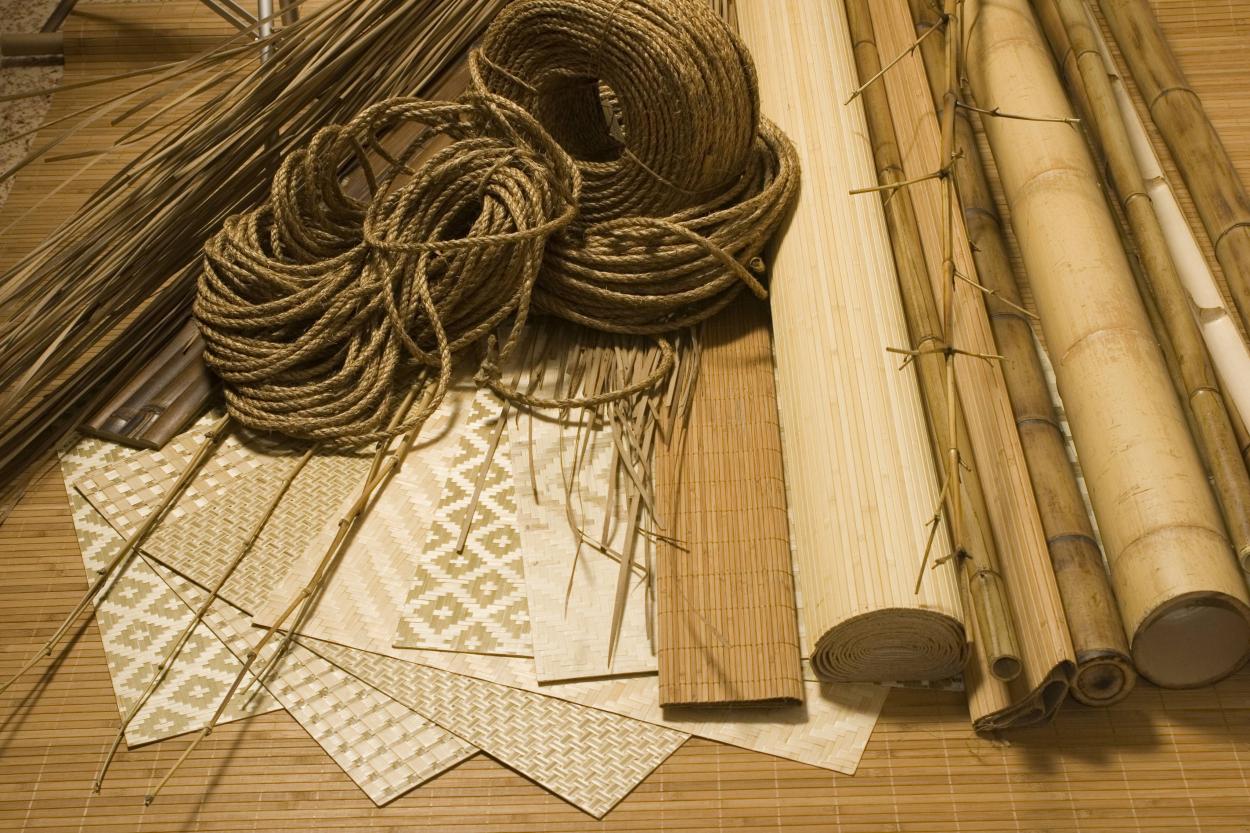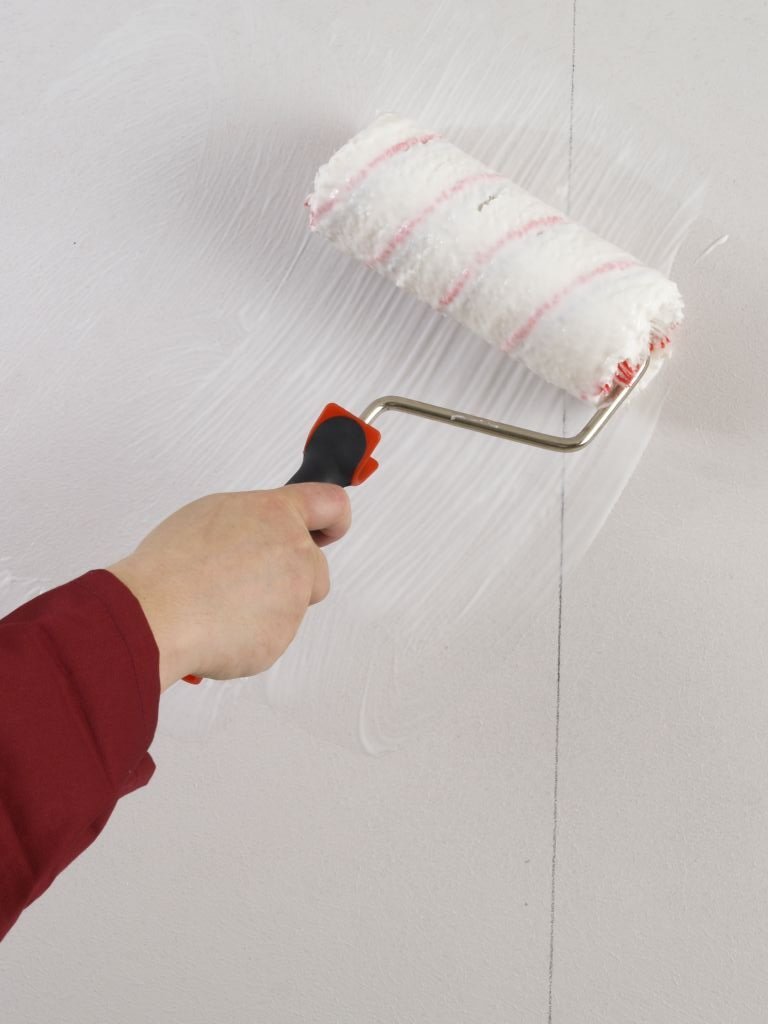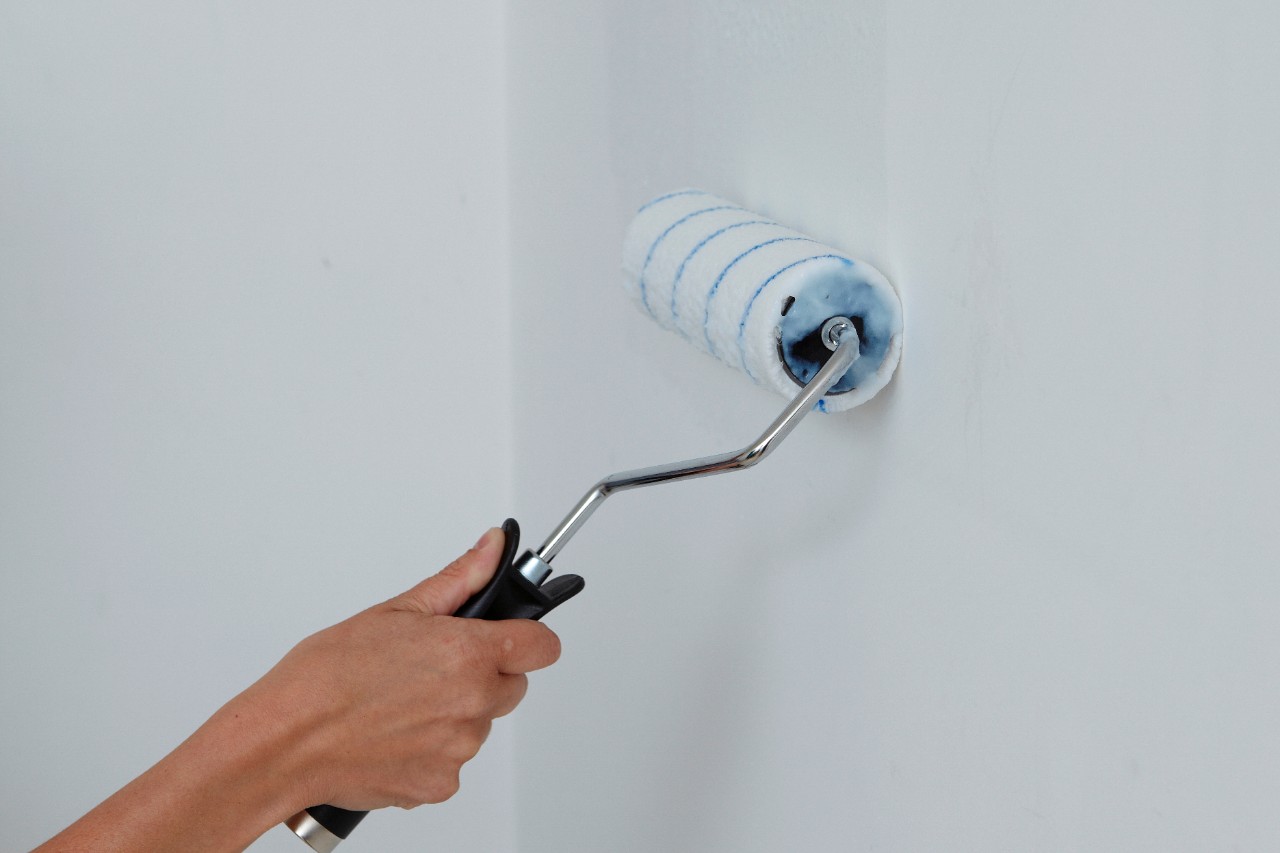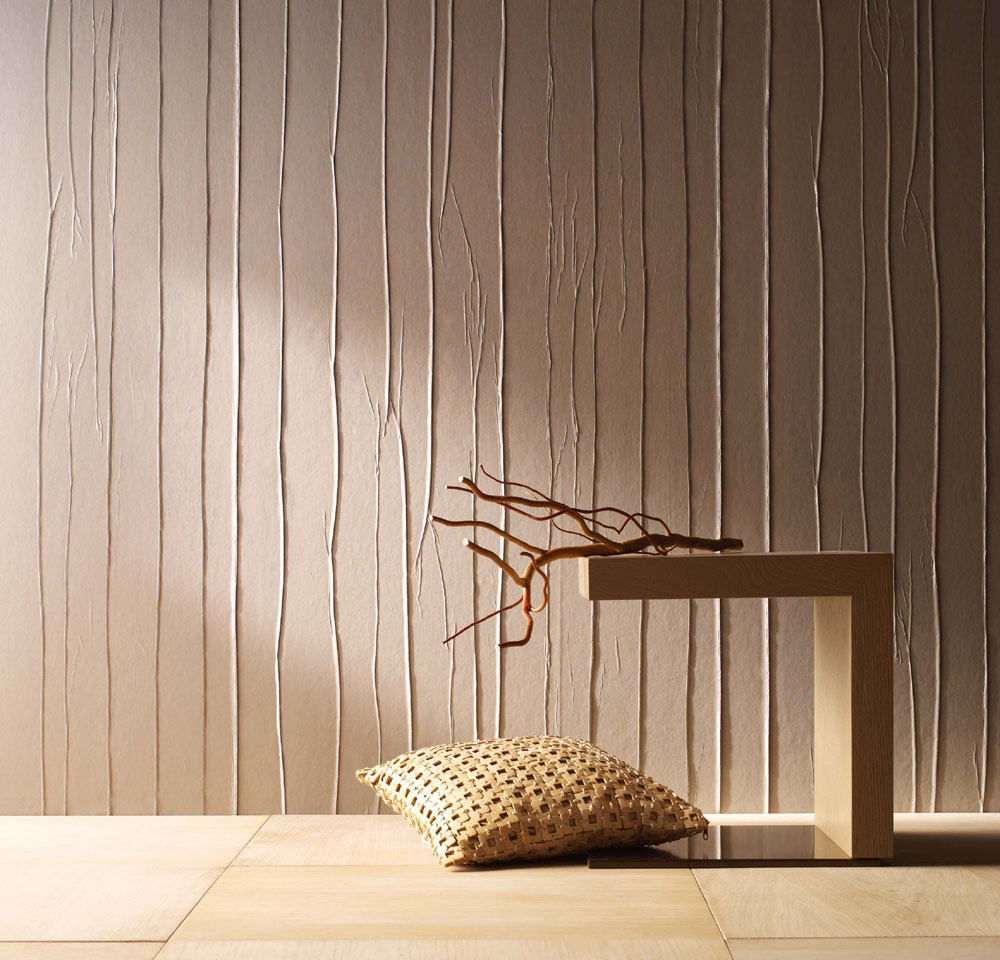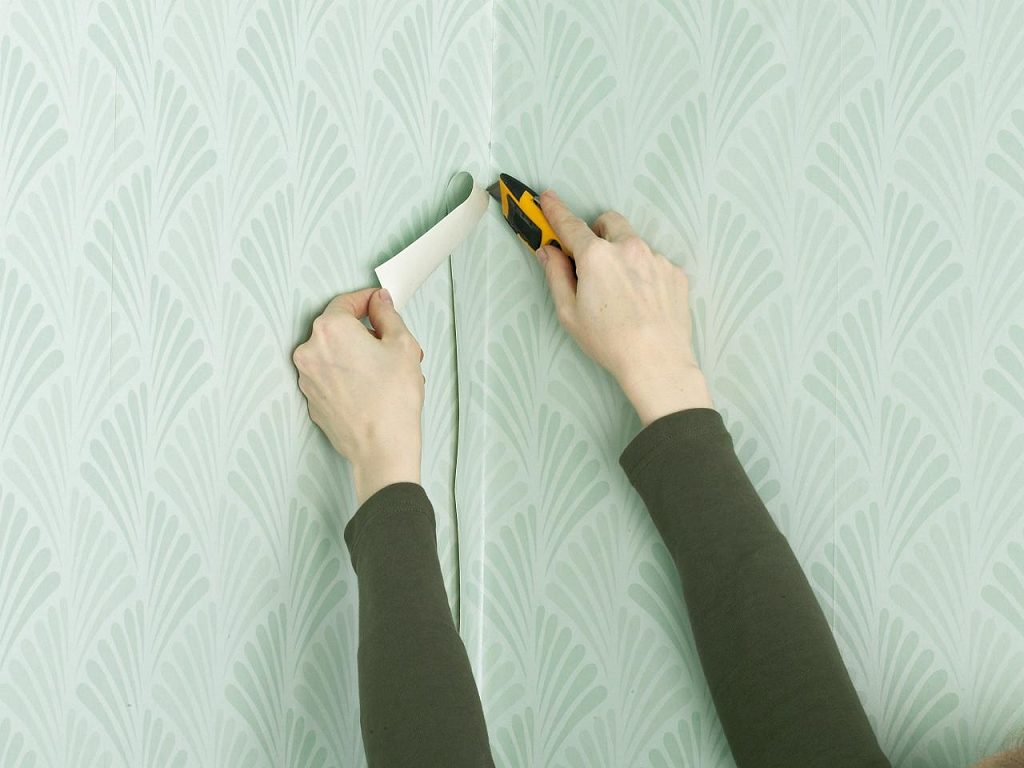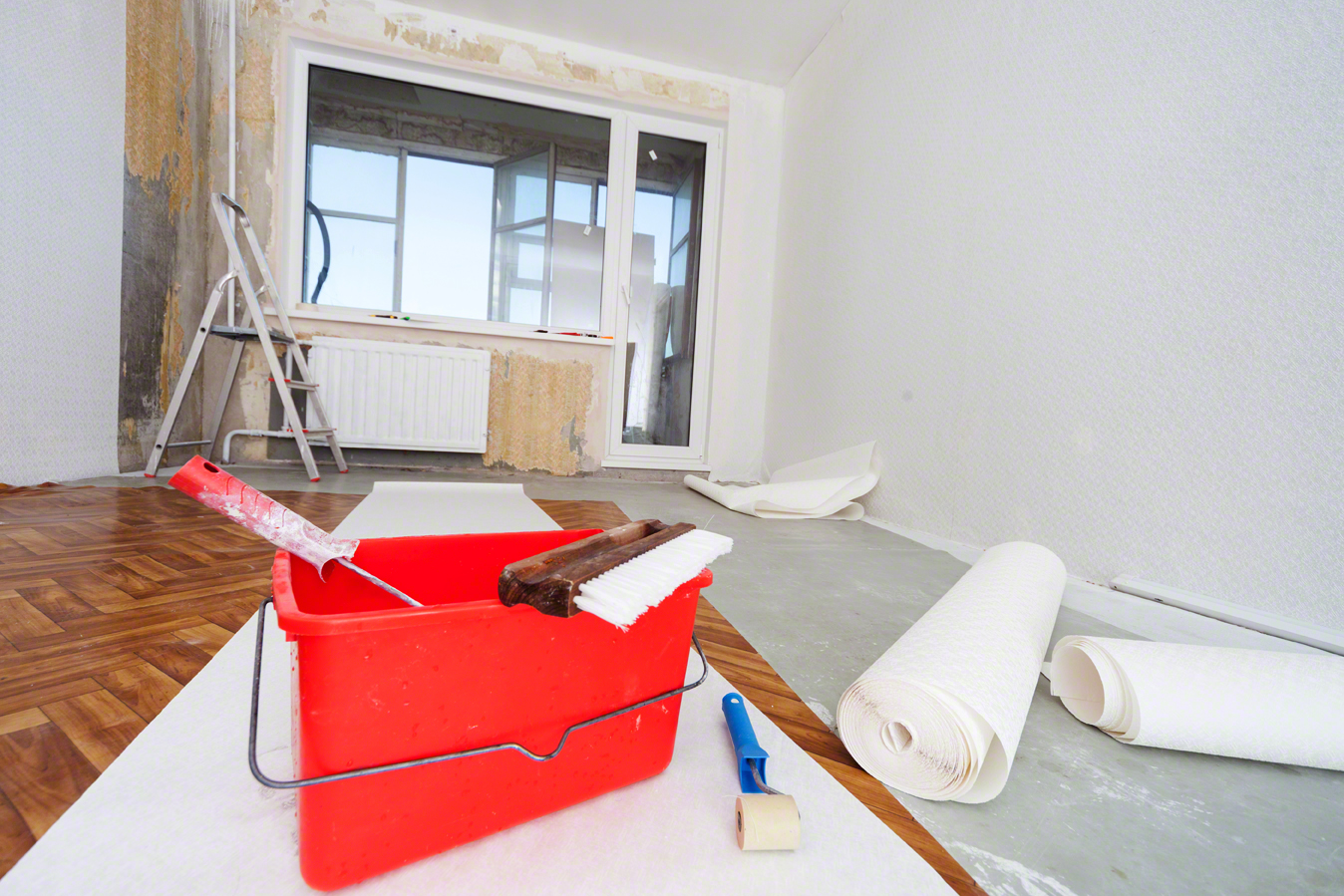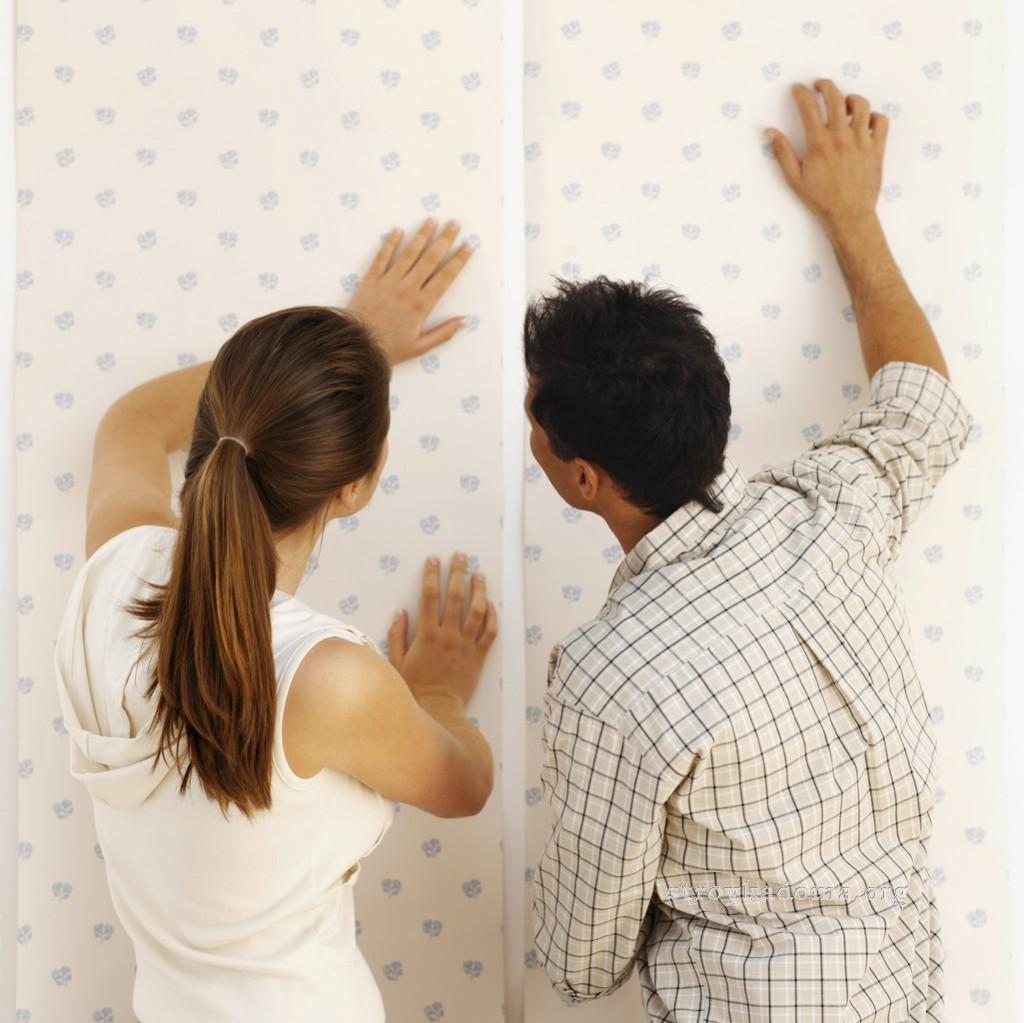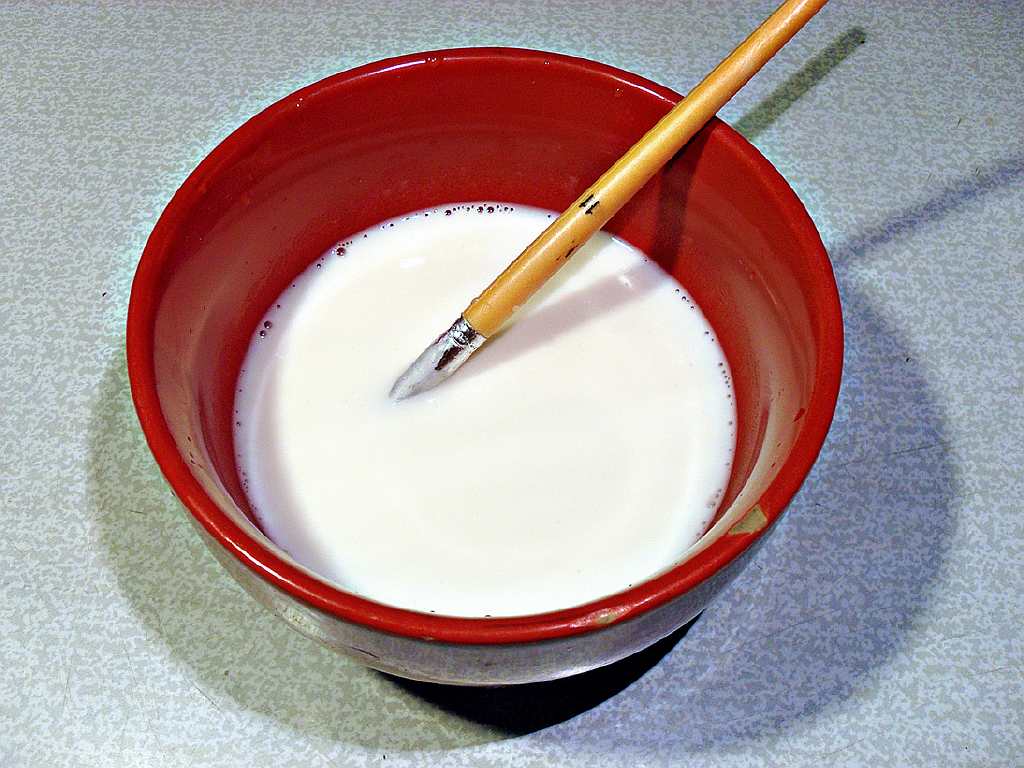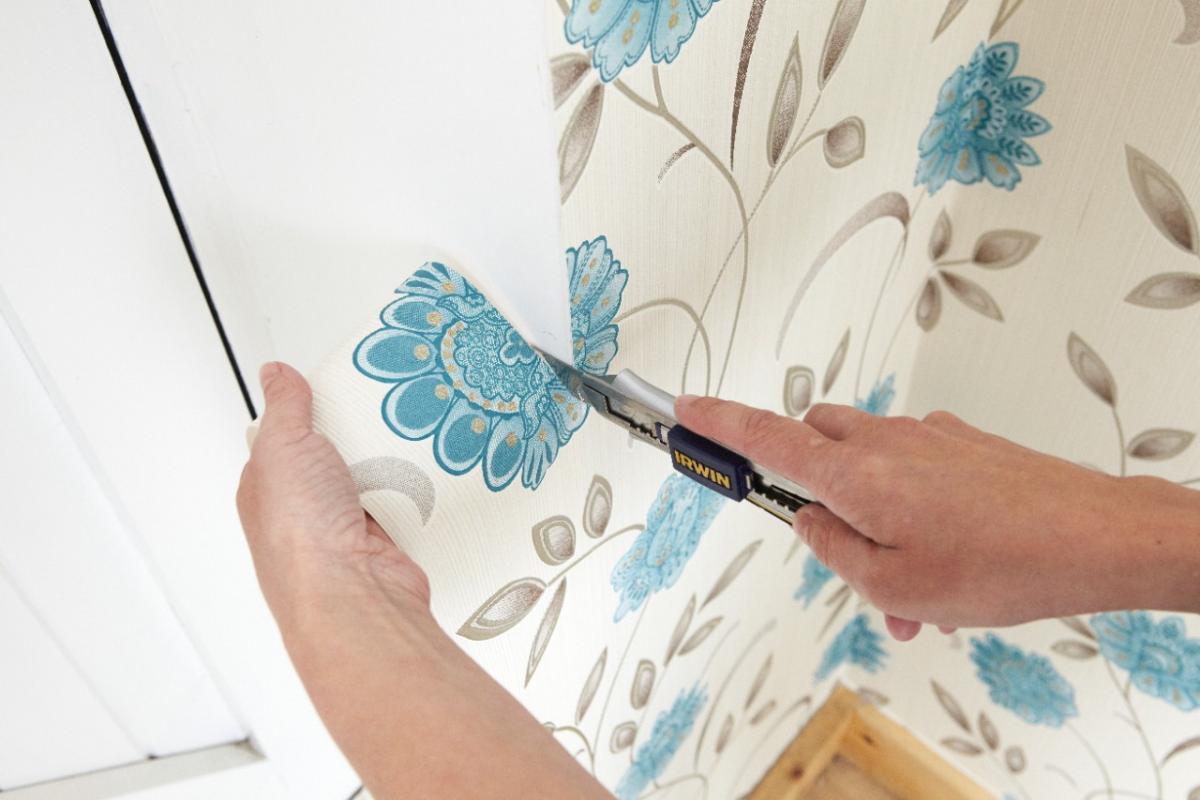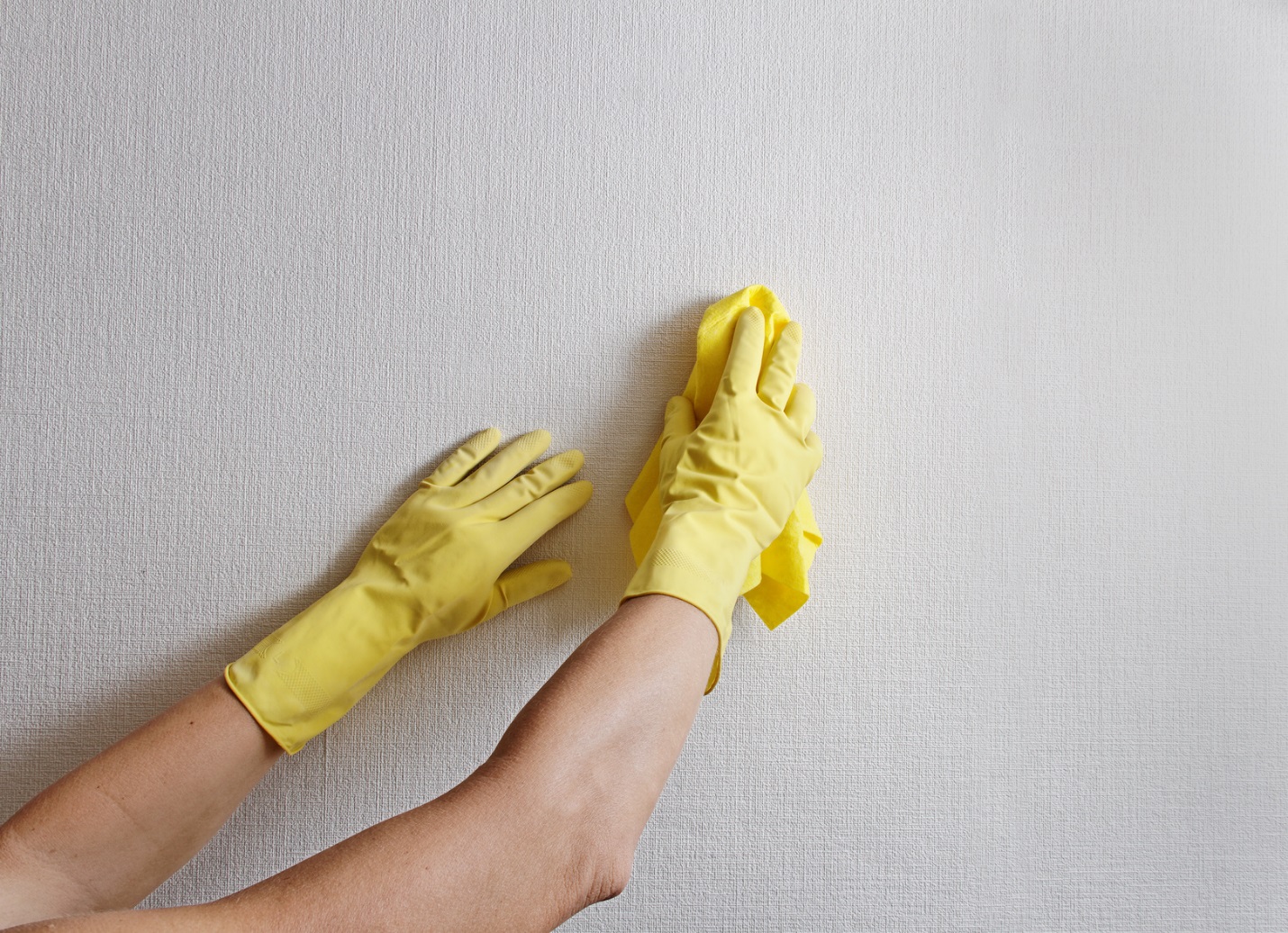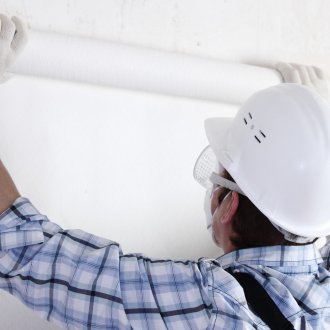How to choose wallpaper glue?
Content
Wallpaper glue is called the adhesive used to attach various types of coatings (and, first of all, based on the name - wallpaper) to the surfaces of the walls.
The exact date of invention of wallpaper glue is impossible to name. It is only known that he appeared when they began to glue the walls in order to decorate them with hand-painted paper sheets and fabrics. Then only very wealthy people could afford it.
As for the glue, which was initially sold in stores, it was almost the same type that was used for most wallpaper produced at that time. At the same time, the information placed on the package reported how much water it was necessary to dilute the concentrate to adhere to one or another coating.
Types of wallpaper glue, presented on the modern market
With the development of building technologies, a wide variety of wallpapers appeared and a great many different types of adhesives were created, which in general can be divided into three main groups. Namely, glues produced for gluing:
- paper wallpaper (in these types of glue their main substance is modified starch containing antifungal additives);
- special wallpaper (the glue composition used in this case includes, in addition to chemically improved starch and aseptic additives, methyl cellulose);
- most of the types of wallpaper sold (such adhesives are called universal adhesives, they allow you to glue wallpaper on walls, both wooden and concrete, and with plaster, and may contain various additives and resins along with methylcellulose).
On the packaging of glue, it is often written whether it is intended for wallpaper light or heavy. Paper varieties of wallpaper are considered light, and heavy types include all types of ceiling wallpapers, as well as the vast majority of other coatings. Thus, glue for heavy wallpaper, suitable for glass, and for acrylic wallpaper, and for gluing ceilings (since in this case, there are increased requirements for adhesive to provide them with high strength joining materials).
Some manufacturers sometimes distinguish between such a weight category as glue for wallpapers of “medium weight”, meaning products with coatings made of fabric or acrylic.
Let us consider in more detail the different types of adhesives, taking into account their purpose. Perhaps the information below will allow you to decide which wallpaper glue is best to apply in your particular case.
Glue for paper wallpaper
Wallpaper paste, which is sometimes stubbornly used by advocates of austerity and environmentally friendly materials, is already not very popular. His recipe is simple:
- potato starch (can also be used corn);
- flour (wheat or rye);
- water (to which some sometimes add wood glue).
The resulting product has several advantages:
- low cost;
- ecological cleanliness;
- relatively high adhesive properties (freshly prepared composition);
- ease of preparation.
However, this self-made glue needs to be used within the next 15 hours, so if you need to cover the walls of several rooms with wallpaper, you will most likely have to cook a new paste every day. In addition, this homemade wallpaper glue on a paper substrate has another significant drawback: it is rotting, and insects can grow in it, fungi can start, so the recommendations for using it for a child’s room look unconvincing.
Adhesive for non-woven wallpaper
Non-woven material is called a material made of cellulose fibers bonded with a polymer. It is similar in composition to regular paper, and therefore it is often considered an “improved paper” that is more resistant to high temperatures and abrasion than ordinary paper. Non-woven wallpaper has become the most popular type of wall covering, very convenient both in care and during repair work.
The glue used to fix such wallpaper is often called non-woven, although in most cases non-woven adhesive for vinyl wallpapers is also very suitable.
Glue for bamboo wallpaper
Liquid Nails and PVA
The process of decorating the walls of the room with bamboo wallpaper is a rather complicated procedure that requires some skill and the availability of good wallpaper glue. For heavy bamboo wallpapers, which they always are, not every wallpaper glue is suitable, but only one that turns out to have the best adhesive properties. In most cases, builders recommend using “liquid nails”. At the same time, if the wall is drywall, then bamboo wallpaper will stick well and PVA glue.
Crazy Velcro
Today it is considered a very effective composition, choosing which as a wallpaper glue for all types of bamboo-based fabric-based wallpapers, you can get a good result.
Advantages:
- harmlessness;
- good adhesion of glued wallpaper to the wall surface;
- ease of use.
Disadvantages:
- In the instructions for this glue, among its technical characteristics, it is not indicated that it is intended for bamboo wallpaper, although this is really so;
- and besides, this composition is difficult to find on store shelves today.
Adhesive for textile wallpaper
Textile wallpaper refers to heavy wallpaper. Therefore, for fabric wallpaper, the use of an adhesive is required that can reliably fix them on the walls. Sellers usually advise the purchase of a product from the German Roll-Kleber fur Vlies tapeten adhesive company. This is a high-quality wallpaper glue, packaged in packs of 200 and 500 grams.
How to cook a working composition?
It is necessary to take a plastic bucket and pour as much clean water into it as indicated in the instructions. Then, constantly stirring with a spoon, carefully pour the powder into it. Continue stirring for one to two minutes and then let stand for three minutes. Then you can use the resulting composition.
Adhesive for fiberglass wallpaper
Wallpaper glue, suitable for wallpaper for painting, and for glass, and for non-woven, and for heavy wallpaper.
Advantages:
- non toxic
- not flammable;
- Suitable for most modern wallpapers;
- for ten minutes retains the mobility of the glued piece of wallpaper or fiberglass.
The variety of wallpapers on the market, gives everyone the opportunity to decorate their home in accordance with their taste. At the same time, choosing the best wallpaper glue, one must also take into account the weight of the wallpaper, and the type of material the walls are made of, and the level of humidity and the value of the air temperature in the room to be glued. However, remember that the required concentration of adhesive depends on whether this adhesive is used for glass or paper wallpaper.
